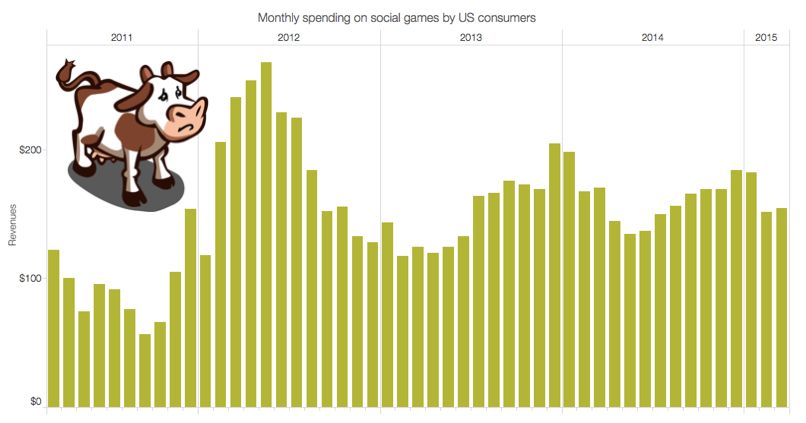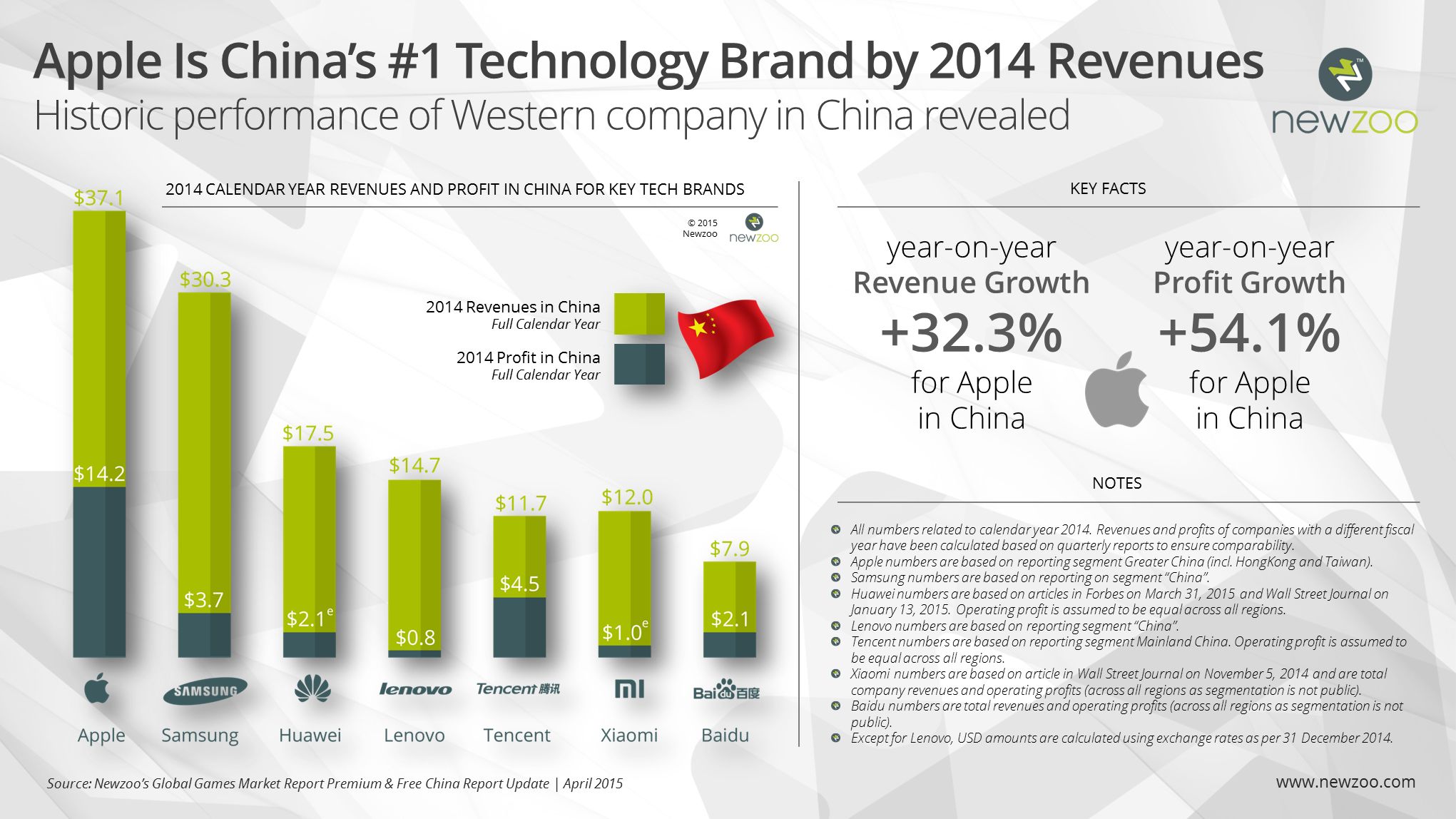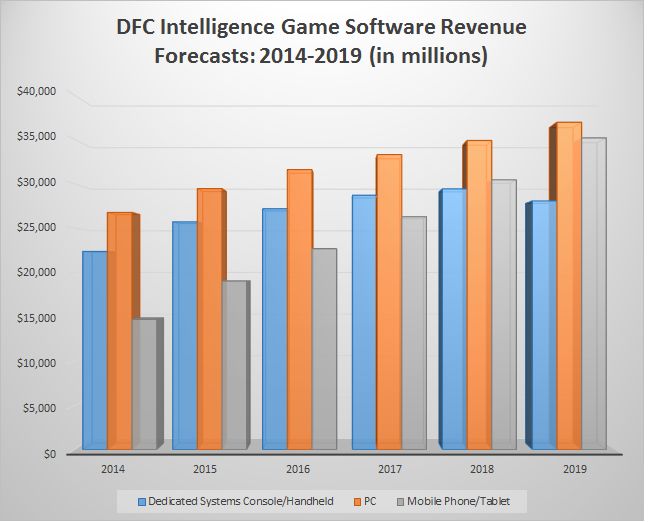Streaming services like Netflix and YouTube have transformed how kids define TV and video. Leveraging this trend, kids digital game and toy developer Toca Boca has hired former Sesame Workshop creative director J Milligan to lead company’s new video division based in New York City.
Toca Boca expects to introduce its first offerings from the video division in the second half of 2015. The new studio will be dedicated to the video division, which will complement the company’s popular apps. Toca Boca will continue to deliver apps for kids with new releases scheduled this spring and summer.
Toca Boca is a self-described “play studio” having released 27 apps so far. Your apps do not offer in-app purchases or external advertising. What is your business model and how will it translate into video?
The industry is shifting towards freemium apps, but for us it comes down to who is using our apps. In our case, parents are the customers and kids are the users. While I’m okay with charging parents who are making an informed decision, trying to sell virtual items to kids is more complicated — and often a little dubious. This means that we need to find business models that feel fair and natural, without impairing the experience for kids. For our regular apps this means charging an upfront fee once and for the video project it will be a subscription service.
What kind of video programming can we expect from the new NYC studio and how will you position your videos versus other players like Sesame Workshop?
The new studio is the beginning of a journey. We are going to experiment to see what video on touch screens can be. There are a lot of interesting and inspiring things out there, but much of it isn’t coming from the traditional TV industry. YouTube and Vine are interesting from the perspective of developing video formats that are completely different from what you can see on regular TV. This will be the difference for us too — we are starting completely fresh and without legacy. Thinking about the tablet as the first screen, we can design a new kind of video experience and explore new opportunities in areas such as format.
Since social media is usually catering to a 13+ year-old audience, how do you plan to build buzz for these videos as well as the apps when you can’t use Facebook retargeting and other user-acquisition tactics popular with mobile game developers?
Social media works to inform parents of what is going on, but as you mention this is harder for kids. We will be relying on the product itself to be a compelling enough experience that kids and parents will talk about and recommend it. And of course, we already have 85 million mobile downloads so that is a good start too.
Tell us more about how touchscreen device video is different from TV?
It is the former which is rapidly becoming the first screen as opposed to the second for kids (and some adults). Kids expect to be in control of the experience — and not just from the sense that it is on demand. I think feeling a sense of mastery is really important here, and making the experience do what you want it to do. It will be a balance between traditional narratives while keeping this interactive mastery at the same time. None of this is being done by the old TV networks. They don’t start with the touch screen and think “how can I make a great experience here “. Instead, they think “how can I get my existing video archive on a mobile phone “. This doesn’t make for an experience that really makes the most of the medium, as a lot of the existing services have shown.
Personally, what’s your favorite game right now? (and you can’t mention your own)…
Right now I’m playing a lovely little 2D side-scroller called Alto’s Adventure. Beautifully crafted in all its simplicity.
Connect:







